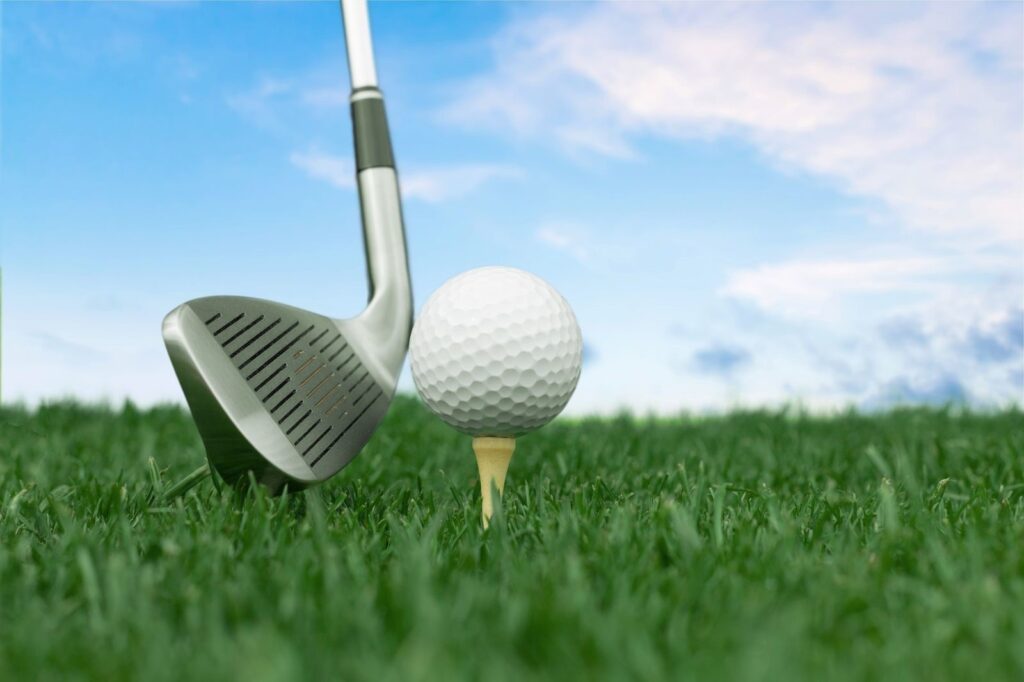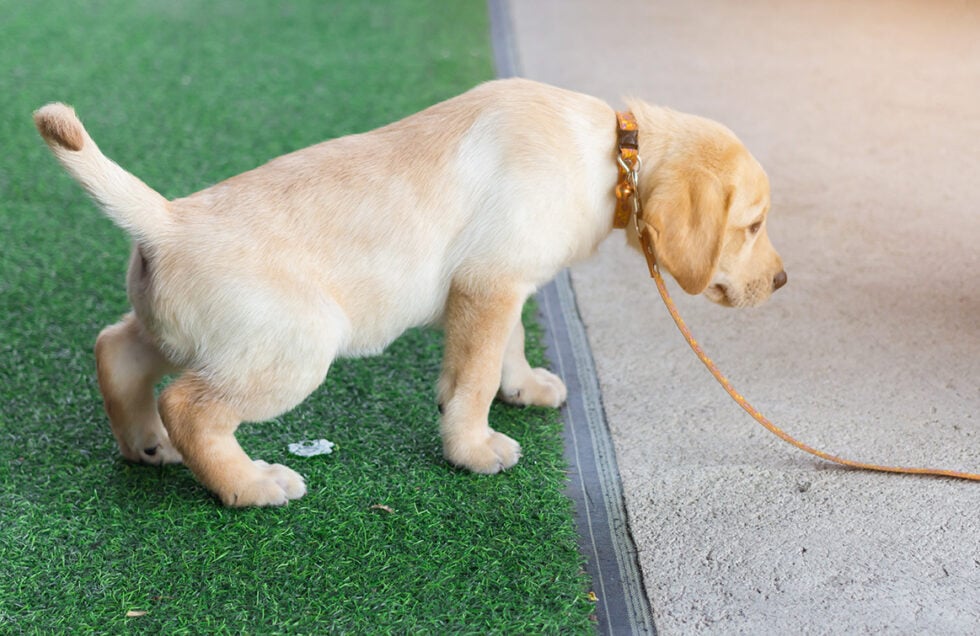I have carefully reviewed the letter by Jill Riera (“Concerns on artificial turf,” Feb. 13) and wanted to respond to some of the key facts and misinformation.
First, some background on the safety of turf. FieldTurf synthetic turf products lead the industry by setting higher performance and environmental standards. With well over 15,000 sports and landscape installations, FieldTurf is the world’s most trusted brand of artificial turf and has steered a high growth industry in the proper direction by setting the strictest of environmental standards. As the popularity of synthetic turf escalates, so has scrutiny about its usage. Reports surrounding the environmental safety of artificial turf may, on the surface, be alarming. However, simply put, artificial turf is safe and the science is there to prove it. While FieldTurf acknowledges the concerns of the groups behind these initiatives, the truth is that their questions have already been answered. Volumes of research and testing from academics, federal and state governments like California, Massachusetts and Connecticut, and school systems have examined everything called into question about synthetic turf. Their conclusions suggest synthetic turf poses no health risks. Synthetic turf is, and has always been safe. There is no legitimate scientific or medical evidence that synthetic turf poses a human health or environmental risk.
Specific to the issues that were raised:
1) It’s a major heat hazard.
“Collected data indicated that the air temperature as measured at a distance of two feet above the synthetic turf surface ranged from one to five degrees greater than the observed ambient air temperature, while the temperature at the same height above the natural turf ranged from 3° F lower to 1° F greater than the ambient air temperature. The measured air temperature at a height of five feet above the synthetic turf more closely approximated the ambient air temperature. Measured air temperatures ranged from 2° F lower to 2° F greater than the ambient air temperature.”
— Milone & MacBroom, engineering, landscape architecture, and environmental science firm based in Connecticut
“The study entitled ‘Incidence, Mechanisms, and Severity of Game-Related College Football Injuries on FieldTurf versus Natural Grass – A Three Year Prospective Study’, shows that there were double the amount of heat-related illnesses on natural grass playing surfaces compared with FieldTurf artificial turf fields.”
— Michael C. Meyers, PhD, FACSM, Department of Sport Science and Physical Education, Idaho State University
“Air tests on these crumb rubber turf fields (made from grinding up used tires) show the presence of multiple chemical carcinogens, neurotoxins, respiratory toxins, phthalates (which can adversely affect reproductive organs, lungs, kidneys and liver) and skin and eye irritants.”
2) Levels of chemicals in the air at synthetic turf fields do not raise a significant health concern.
New York State Department of Environmental Conservation & New York State Department of Health, May 2009, “An Assessment of Chemical Leaching, Releases to Air and Temperature at Crumb-Rubber Infilled Synthetic Fields”
“Twenty air samples were collected above and around two synthetic turf playing surfaces in Connecticut. Ten of the samples were analyzed for volatile nitrosamine content and 10 were analyzed for benzothiazole and 4-(tert-octyl) phenol content. This study determined that under favorable conditions for vapor generation, no detectable concentrations of volatile nitrosamines or 4-(tert-octyl) phenol existed in the air column at a height of four feet above the tested synthetic playing surfaces or in the air either upwind or downwind of the fields.”
— Milone & MacBroom, engineering, landscape architecture, and environmental science firm based in Connecticut, December 2008, “Evaluation of the Environmental Effects of Synthetic Turf Athletic Fields’
“The majority of the studies have been on higher surface area particles and have concluded they are currently acceptable. Therefore the larger granules used in artificial turf will have even less potential for emissions. For example a study undertaken by the Danish Ministry of the Environment concluded that the health risk on children’s playgrounds that contained both worn tires and granulate rubber was insignificant. The available body of research does not substantiate the assumption that cancer resulting from exposure to SBR granulate infills in artificial turf could potentially occur.”
— Prof. Dr. Jiri Dvorak, FIFA, July 2006, “An Open Letter concerning the potential cancer risk from certain granulate infills from artificial turf”
3) Increased risk for bacterial infections, such as MRSA.
First, let’s dispel one main issue – artificial turf is not a living/breathing organism like natural grass. Natural grass naturally harbors bacteria – artificial turf does not. The research supports this:
“Outbreaks of antibiotic-resistant strains of staph last year gained significant media attention, resulting in the temporary closing of school buildings and athletic facilities. Our research found that infilled synthetic turf systems do not harbor significant populations of staph bacteria to warrant concern.”
— Dr. Andrew McNitt, Associate Professor of Soil Science at Penn State University, June 2007, “A Survey of Microbial Populations in Infilled Synthetic Turf Fields”
The California EPA’s Office of Environmental Health Hazard Assessment conducted a review of available literature, Chemicals and Particulates in the Air Above the New Generation of Artificial Turf Playing Fields, and Artificial Turf as a Risk Factor for Infection by Methicillin-Resistant Staphylcoccus Aureus (MRSA). The review concluded in 2009 that “there is a negligible human health risk from inhaling the air above synthetic turf and it is unlikely that the new generation of artificial turf is itself a source of MRSA.”
“There is no data to suggest that turf will ever spread MRSA. We sampled the turf for the Rams’ investigation and didn’t find it. We actually observed the game. We mapped where the contact on the turf occurred. We sampled those areas where the players were tackled. And then we sampled areas where there wasn’t any direct contact to the turf. We didn’t find any Staph or MRSA.”
— Jeff Hageman, Centers for Disease Control, May 2006
“MRSA infection has never been reported in connection with the synthetic surface at Maple Park or similar field designs. Several studies have proven that there is no connection between current generation synthetic surfaces and MRSA infections.”
— Ridgewood Environmental Advisory Committee (REAC) January-October 2009, “Assessment of Environmental, Health and Human Safety Concerns Related to the Synthetic Turf Surface at Maple Park in Ridgewood, NJ”
Darren Gill is vice president of global marketing FieldTurf, a Tarkett Sports Company.
THURSDAY, FEBRUARY 20, 2014
BY DARREN GILL
SPECIAL TO TOWN JOURNAL



